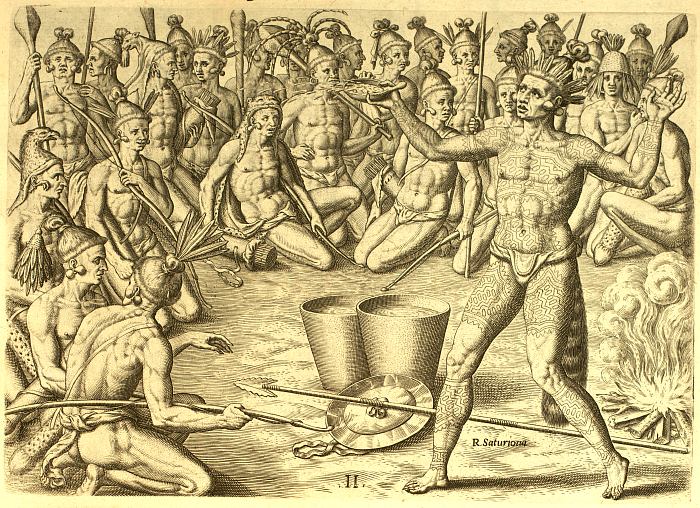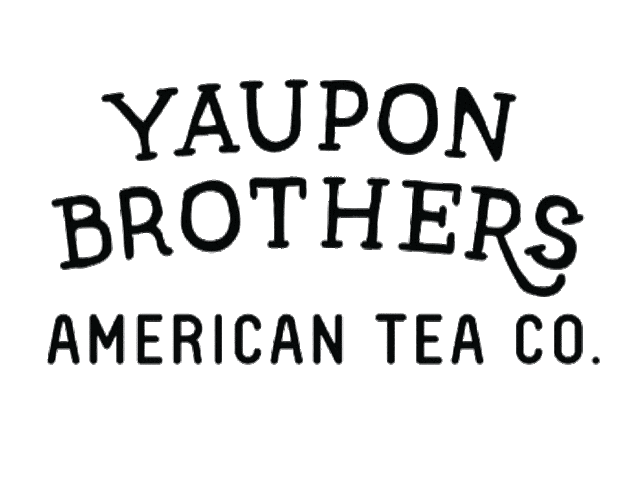
For the better part of the past year, Abianne Falla, a founding member of the American Yaupon Association and co-founder of Cat Spring Yaupon, has been working with the Yaupon Brothers and other members of the AYA to help achieve GRAS, (Generally Recognized As Safe), status from the FDA. This is no easy task, and an important component of the case for Yaupon is that it was utilized outside of native ceremonial usage prior to 1958.
Yaupon was indeed available through trade. We can see evidence of Yaupon in the market from the 18th century journals of John Lawson, and later in three successive volumes of Scientific American, beginning with published correspondence in 1861, then a feature article in 1870, and another in 1917. In the 1870 article, it is stated that Yaupon could be readily purchased for around $19, (2018 dollars), per bushel, which is a volumetric measurement. Lawson stated around 1760, that colonists traded for Yaupon with an equal share of corn. In 1861, during the Civil War, tea and coffee were scarcely available. This lead to an unexpected resurgence of Yaupon:
"MESSRS. EDITORS :-In consequence of the scarcity of tea at the South, the Southerners are said to be reviving the use of the Yopon or Yaupon (llex cassine), of which the North Carolina Indians made their "black drink," and which has been more or less used ever since in that region, though mainly by the poorer classes. The plant grows on the coast from Virginia southward, especially on the low islands which enclose Pamilico Sound. The leaves and twigs are gathered by the inhabitants and bartered for corn, bushel for bushel. ' . The llex Paraguensis of South America, which furnishes the famous mate, or Paraguay tea, so extensively used as a beverage throughout that continent, is of the same genus, and it could be interesting to compare their properties. The mate is aperient and diuretic, and has, like opium, both an exhilarating and a narcotic power. When used long and excessively (as it often is) its injurious effects upon the system are similar to those produced by alcoholic drinks. It is a suggestive fact that it contains the same principle which is found in both tea and coffee, and is called theine or caffeine. Cannot some of your readers who may be acquainted with the Yopon, give some account of its nature and effects?"
M. S. B. Monterey, Sept. 20, 1861.
These items will prove valuable in demonstrating Yaupon's rich and storied history as an American commodity. Stay tuned!

